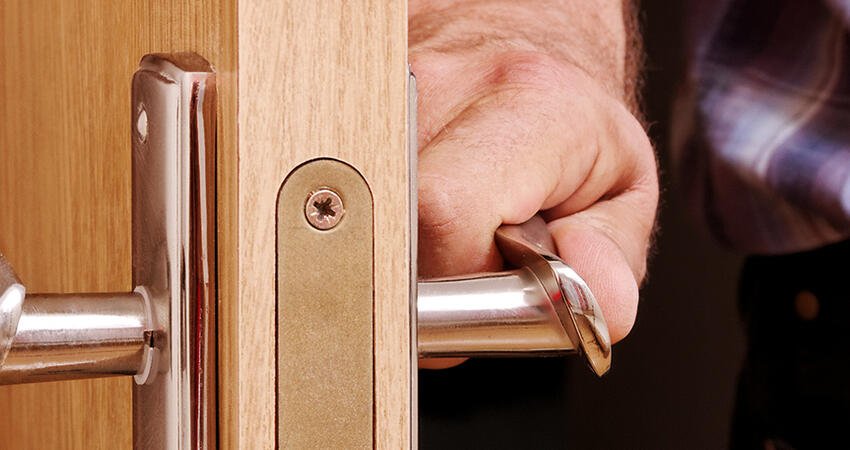
Formerly Incarcerated Men Have Lower Rates of Homeownership, Household Assets
- Title:
- Formerly Incarcerated Men Have Lower Rates of Homeownership, Household Assets
- Author:
-
Kristin Turney, Daniel Schneider
- Source:
-
Demography
- Publication Date:
-
2016
How does incarceration affect household asset ownership for men recently in prison or jail and the women with whom they share a child? Kristin Turney and Daniel Schneider address this previously unaddressed question and add to the literature of the deleterious effects of incarceration on economic well-being. The authors used data from the Fragile Families and Child Well-Being Study (FFCWS), which provides longitudinal data for almost 5,000 mostly unmarried parents in 20 large US cities, including nearly 700 recently incarcerated men, to analyze the short-term links between paternal incarceration and asset ownership. Parents included in the FFCWS were surveyed between 1998 and September 2000, when their child was born, and they completed additional interviews at various intervals for nine years following the child’s birth. The authors considered owning a bank account, a car, and a house as measures of asset ownership and used three models—a simple logistic regression, a lagged dependent variable analysis, and propensity score matching—to determine the relationship between paternal incarceration and asset ownership. Their analysis reveals a negative association between household asset ownership and incarceration for men who served time in prison or jail and their female partners.
Key findings
- Compared with their counterparts, the likelihood of owning a bank account, vehicle, or home is less for recently incarcerated men, and the probability of their female partners owning a vehicle or home is also decreased.
- There is a strong association between incarceration and the loss of household assets for both incarcerated men and the women with whom they share a child.
- Changes in relationships or union dissolution because of incarceration are linked to household asset losses for both men and women.


